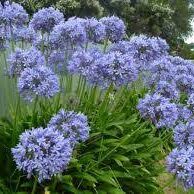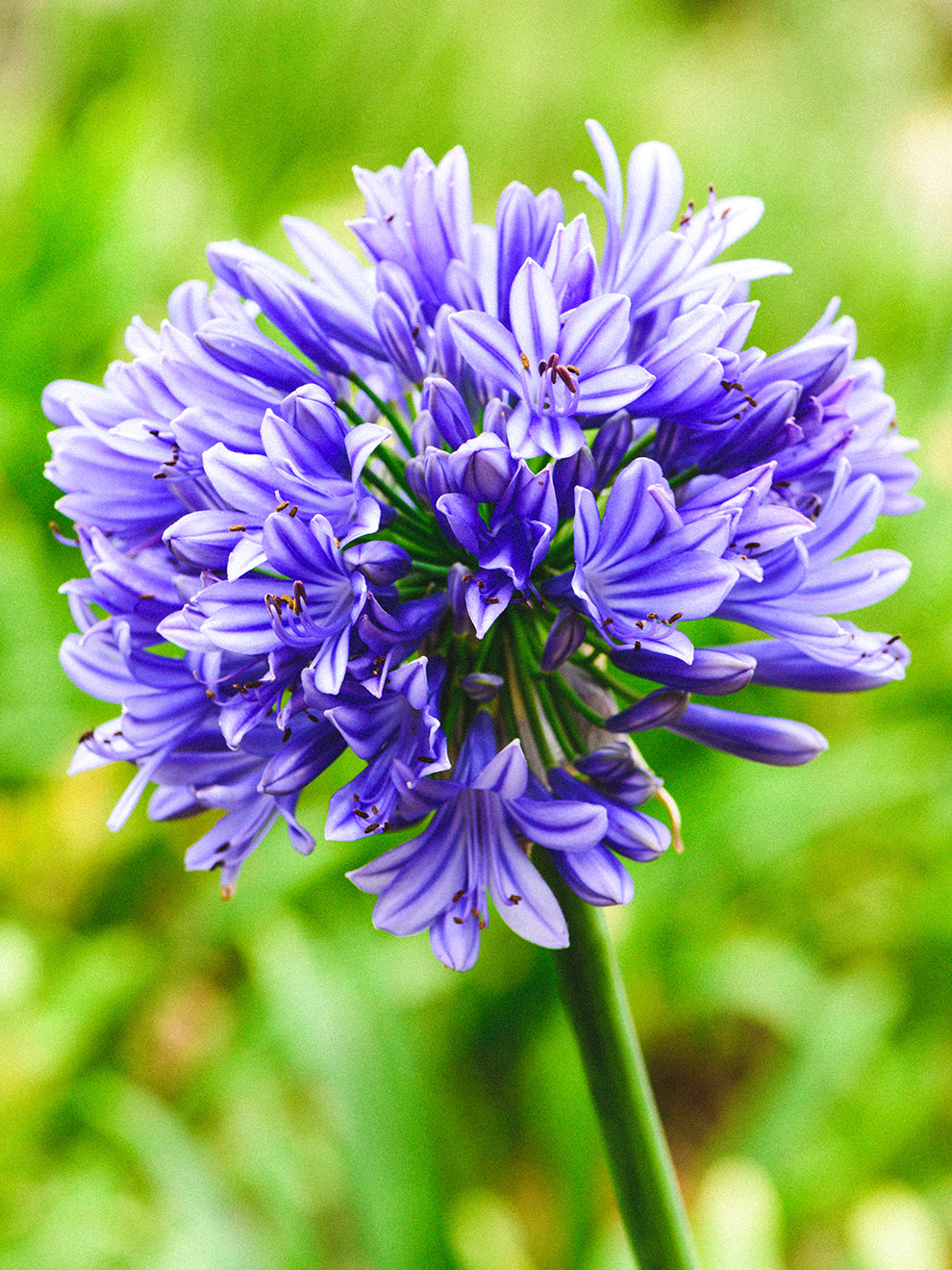Understanding the Art of Agapanthus Treatment: Necessary Steps for Healthy Growth and Dynamic Blooms
In the world of horticulture, the cultivation of agapanthus stands as a satisfying endeavor for those who look for to support these stylish flowering plants. With their striking blossoms and elegant vegetation, agapanthus has captured the focus of gardeners worldwide. Nevertheless, achieving optimal development and lively blooms calls for a nuanced approach that encompasses numerous important actions. From choosing the ideal range to mastering trimming methods, the journey towards cultivating flourishing agapanthus plants is multifaceted and holds the key to unlocking the full possibility of these botanical treasures.

Selecting the Right Agapanthus Variety

When picking the ideal Agapanthus variety for your yard, consider variables such as climate viability, flower shade, and growth routine. Additionally, consider the environment in your region to ensure the Agapanthus range you pick can thrive in your certain conditions. Comprehending the growth routine of different Agapanthus ranges is critical for proper placement within your yard.
Suitable Growing Conditions
Thinking about the optimal environmental needs is important for effective Agapanthus cultivation. Agapanthus prospers in well-draining soil with a slightly acidic to neutral pH degree. When planting, select an area that gets complete sunshine to partial shade. In hotter environments, providing some afternoon color can avoid scorching of the fallen leaves. Agapanthus plants are delicate to cold temperature levels and should be safeguarded from frost throughout winter season.
To make certain healthy development and dynamic blossoms, plant Agapanthus light bulbs at a depth of about 2-4 inches and area them 8-12 inches apart. Adding raw material, such as garden compost, to the dirt can improve drainage and fertility, promoting robust root growth. Mulching around the base of the plants helps keep dampness and suppresses weed growth. Regular watering is critical, especially throughout the expanding period, to maintain the soil continually wet yet not saturated.
Watering and Fertilizing Tips
Keeping appropriate dampness levels and offering necessary nutrients are essential aspects in the treatment routine for Agapanthus plants. When it comes to sprinkling Agapanthus, it is crucial to strike an equilibrium. These plants prefer continually wet dirt however are susceptible to root rot if overwatered.
Fertilizing Agapanthus is important for promoting healthy and balanced growth and prolific blooms. Use a well balanced plant food, such as a 10-10-10 formula, see it here in the early spring as brand-new growth emerges. By complying with these watering and feeding tips, you can guarantee your Agapanthus plants grow and generate vivid, lasting blooms.
Trimming Strategies for Agapanthus
Pruning Agapanthus plants at the proper times and with correct methods is crucial for maintaining their health and advertising ideal growth and blooming. The suitable time to prune Agapanthus remains in late winter months or very early spring prior to new development emerges. Start by Discover More Here getting rid of any dead or yellowing fallen leaves near the base of the plant. Cut them as short as possible without damaging the emerging shoots.
Deadheading spent blossoms can additionally redirect the plant's power right into producing even more blossoms rather than establishing seeds. If you desire to gather seeds for breeding, leave some blossoms to dry and fully grown on the plant.
Remember to utilize tidy, sharp tools to make accurate cuts and minimize the threat of introducing conditions. Agapanthus. Regular pruning will assist maintain your Agapanthus looking healthy and cool while guaranteeing an abundant display screen of stunning blossoms
Dealing With Common Insects and Conditions
After guaranteeing proper pruning techniques for Agapanthus, it is important to address common pests and conditions that can influence the health and wellness and vitality of these plants. One common pest that influences Agapanthus is the Agapanthus gall midget.
Additionally, Agapanthus plants can endure from root rot if they are grown in badly draining pipes soil. By being vigilant and taking timely action against diseases and insects, you can aid check out this site your Agapanthus plants flourish and produce lively blooms. Agapanthus.

Final Thought
To conclude, understanding the art of agapanthus treatment includes choosing the ideal range, supplying suitable growing problems, appropriate watering and fertilizing, suitable pruning techniques, and addressing usual parasites and conditions. By complying with these necessary steps, you can guarantee healthy and balanced growth and dynamic blooms for your agapanthus plants. Remember to routinely keep track of and maintain your plants to advertise their general well-being and longevity.
To make certain healthy and balanced growth and vibrant blossoms, plant Agapanthus bulbs at a depth of concerning 2-4 inches and area them 8-12 inches apart. By following these watering and feeding ideas, you can ensure your Agapanthus plants thrive and generate dynamic, long-lasting blossoms.
One typical pest that influences Agapanthus is the Agapanthus gall midget. Additionally, Agapanthus plants can endure from root rot if they are grown in improperly draining dirt. By following these crucial actions, you can ensure healthy and balanced growth and vivid flowers for your agapanthus plants.